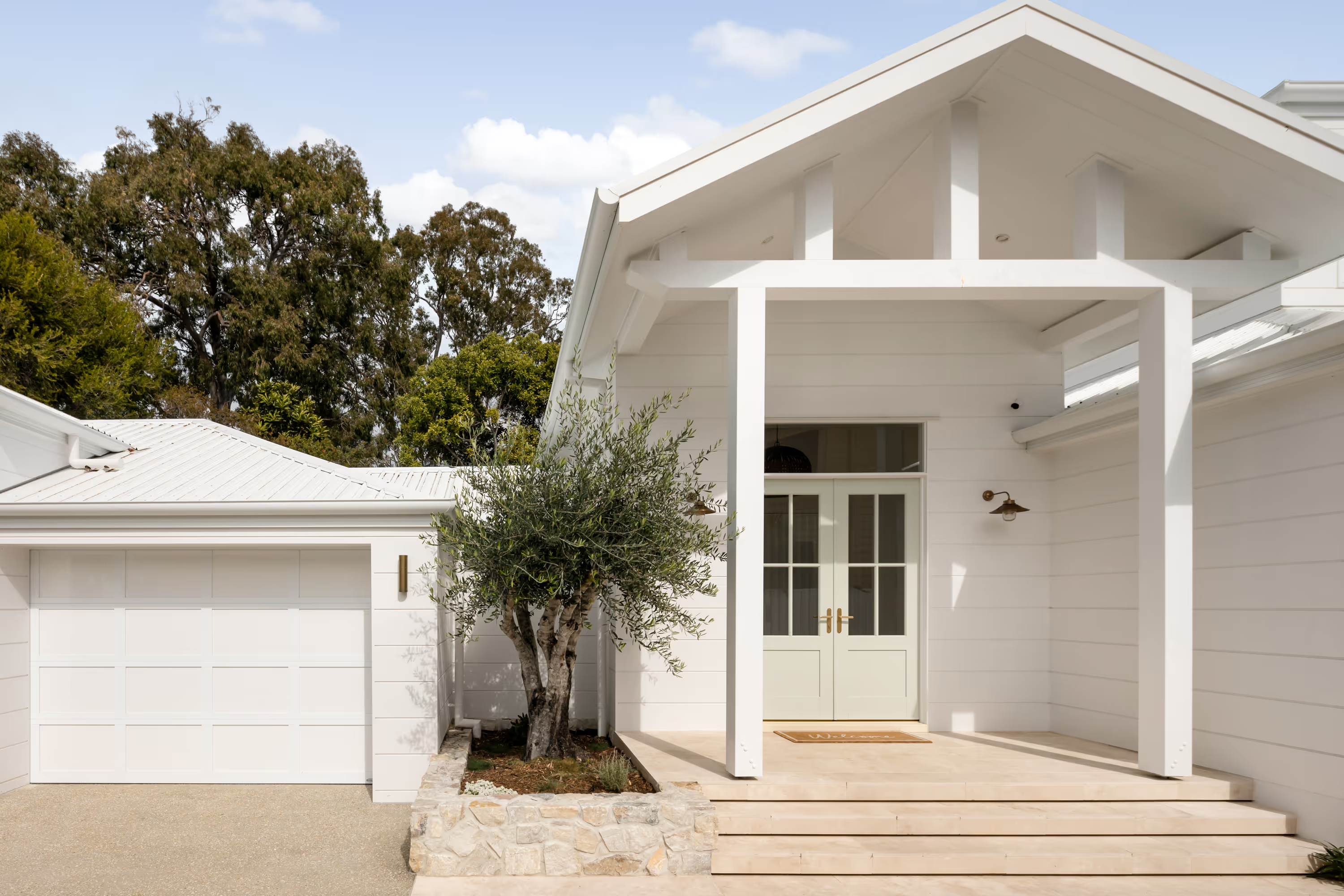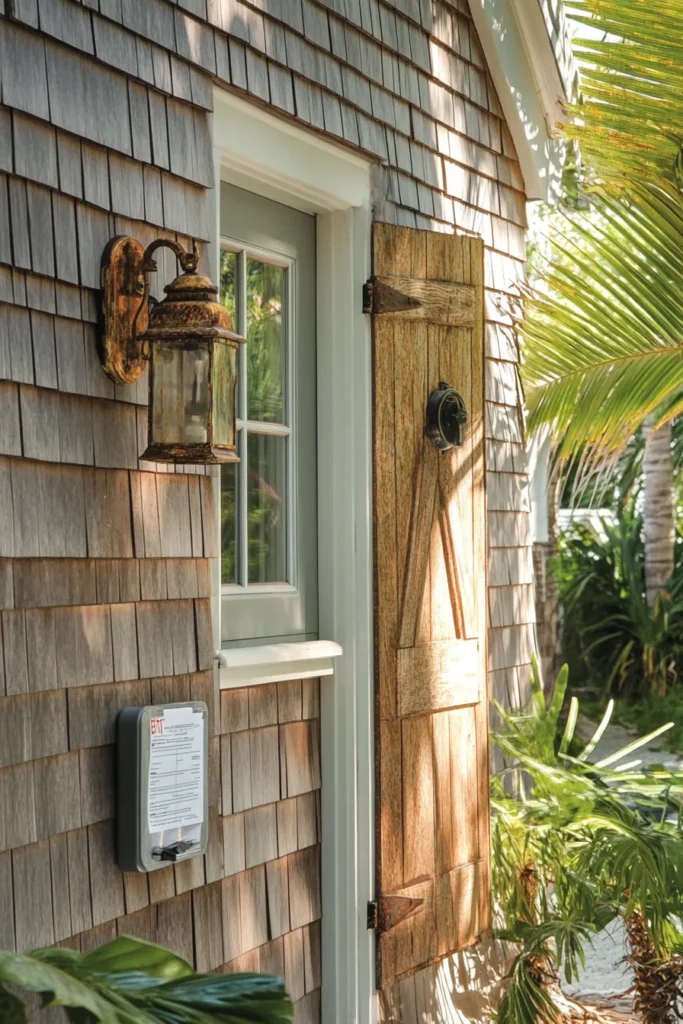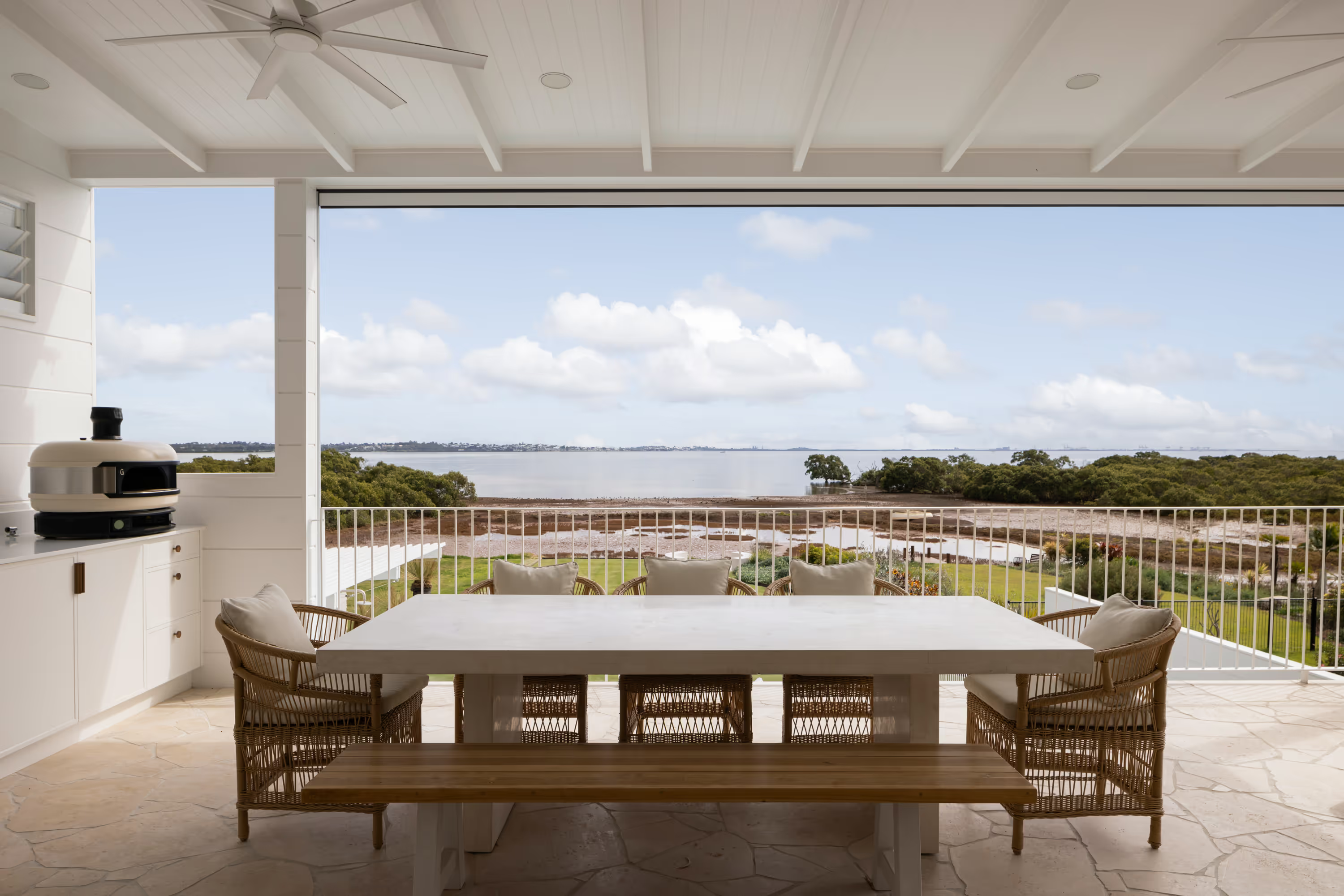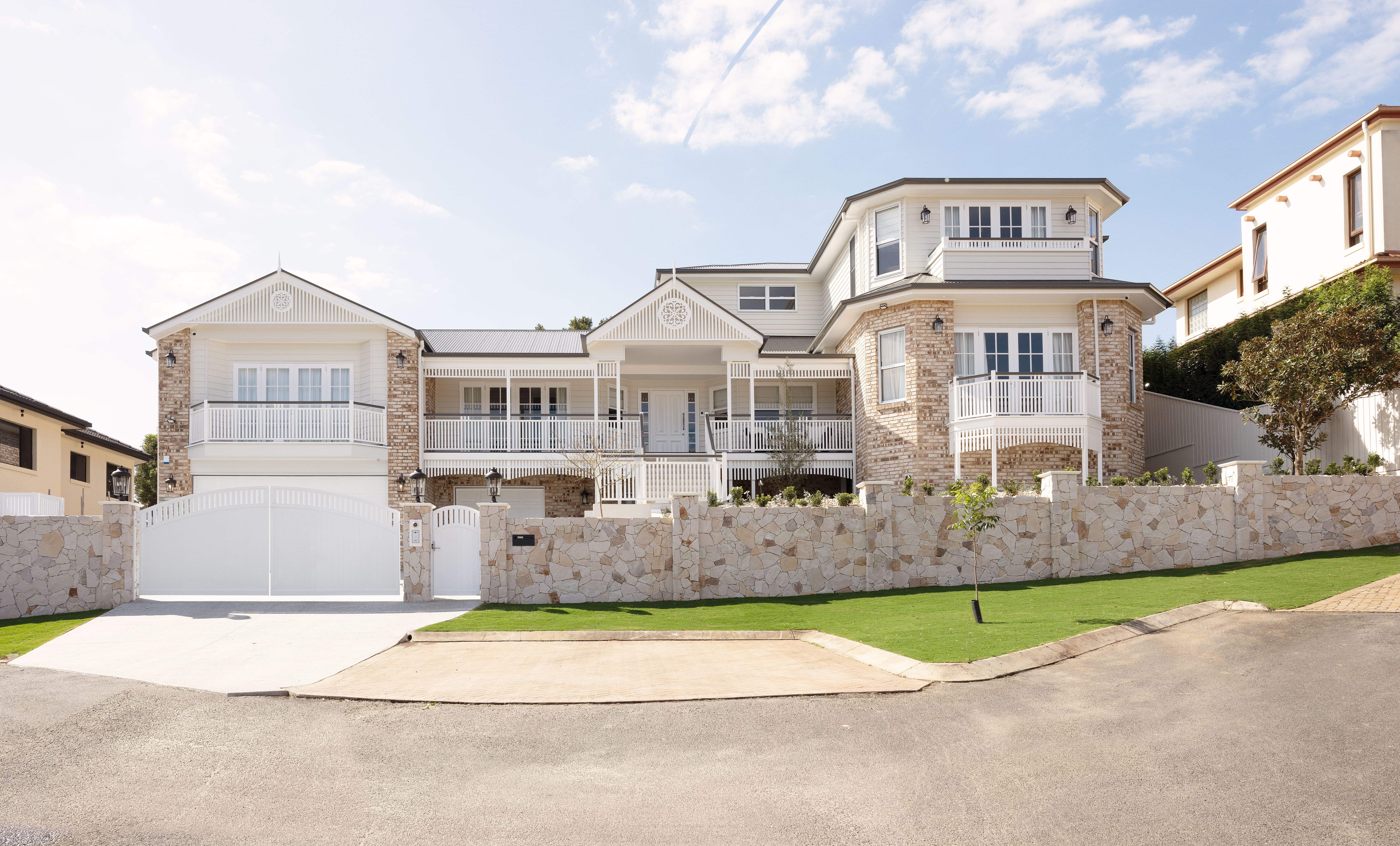Coastal Home Designs That Embrace the Elements

Key Considerations in Coastal Home Design
Life by the coast is equal parts beauty and battle, perfect one minute, wild the next. But it also means waking up to ocean views, falling asleep to the sound of waves, and enjoying that relaxed coastal lifestyle in a home shaped by coastal home design.
The key to great coastal architecture isn't fighting the elements, it's designing homes that work with them whilst protecting what matters most.
Understanding Coastal Challenges
Salt Air and Corrosion
That fresh sea breeze carries salt that can wreak havoc on building materials. Metal fixtures corrode faster, timber weathers quicker, and even glass can develop a hazy film over time.
Material choices and protective finishes can handle these challenges whilst maintaining that coastal aesthetic. Marine-grade materials aren’t just for boats, they’re ideal for coastal homes, especially beach style home plans built to face the ocean every day.

Wind and Weather Exposure
Coastal homes deal with winds that can be gentle sea breezes one day and howling gales the next. Your home needs to withstand both extremes and still feel comfortable inside.
Strategic building orientation, robust construction methods, and careful window placement all play a part in creating homes that ride out storms while maximising those lovely calm days.
Sand and Maintenance
Beach living means sand gets everywhere, tracked in on feet, blown in through windows, and settling on every surface. Coastal homes need to be designed for easy maintenance and cleaning.
Hard-wearing finishes, covered outdoor areas, and practical entryways all help manage the constant battle against sand and salt. Factoring these elements in early means your coastal design house plans can better support long-term liveability.
Design Solutions for Coastal Living
Elevated Living Areas
Raising your main living spaces above potential storm surge and sand drift isn't just practical, it gets you better views and catches more of those cooling sea breezes.
Elevated homes also create valuable covered space underneath for parking, storage, or outdoor entertaining areas protected from sun and rain.
In many coastal regions, soft sandy soils require additional engineering considerations such as piers. Planning for these early allows for more accurate budgeting and ensures your home is elevated safely and efficiently
Extensive Covered Outdoor Spaces
Coastal living is all about indoor-outdoor flow, but you need protection from sun, wind, and rain. Deep eaves, covered decks, and screened porches let you enjoy the outdoors in any weather.
These covered spaces become the heart of the home, perfect for morning coffee, post-beach gatherings, or watching a storm roll in. They’re a hallmark of coastal home designs, where outdoor living is woven into everyday life.

Material Selection for Longevity
Coastal homes need materials that can handle salt air without constant maintenance. Naturally weather-resistant timbers, marine-grade metals, and stone or masonry all perform well in coastal environments.
Modern composite materials often outperform traditional options whilst maintaining the aesthetic you want. For coastal home designs, selecting materials that age gracefully can reduce long-term maintenance without compromising visual appeal.
Maximising Views and Light
Strategic Window Placement and Creating Viewing Corridors
Coastal homes are all about the view, but they also need to stand up to the elements. Clever window placement balances both: generous openings on protected sides for views and light, smaller ones on the windward side for protection. Even if you're not beachfront, aligned windows and raised viewing points, features common in beach style home plans, can still frame glimpses of water and channel breezes through your home.
Capturing Changing Light
Coastal light changes throughout the day and seasons in ways that inland areas don't experience. Ocean reflections, salt haze, and atmospheric conditions all affect how light enters your home.
Design for these changing conditions with adjustable shading, varied window sizes, and interior finishes that reflect and enhance natural light.
Ventilation and Cooling
Cross-Ventilation Design
Sea breezes are nature's air conditioning, but you need to design your home to capture and channel them effectively. Windows placed to catch prevailing breezes, with matching outlets to let air flow through, keep homes naturally cool.
High ceilings and elevated windows let hot air rise and escape, drawing cooler air through the home.
Thermal Mass Considerations
Thermal mass refers to how well your home stores and releases heat. Materials like concrete and brick absorb warmth during the day and release it slowly overnight.
In coastal areas, where temperatures are milder, too much thermal mass can make a home feel cold and damp. Too little, and you might get uncomfortable temperature swings.
The right balance depends on your location, orientation, and how your home is used. Understanding thermal mass is essential when designing efficient and comfortable coastal homes that suit your climate.
Landscaping for Coastal Conditions
Planning for Coastal Landscaping
While specific plant choices are usually left to landscape designers, architectural planning plays a key role in how outdoor areas function in coastal conditions. Designing for wind exposure, views, and salt-heavy air means selecting hardscaping and layout strategies that support low-maintenance, climate-tolerant gardens. Native and salt-tolerant planting schemes can then be layered in to suit. Early consideration of soil types, especially sandy coastal soils, can also influence both landscaping strategies and structural design, from footing depth to retaining walls.
Designing for Wind Protection
The site layout and surrounding structures, like screens, fencing, or retaining walls, can be designed to shield outdoor living areas from harsh coastal winds without sacrificing airflow. Collaborating early with landscape designers ensures built and natural elements work together.
Regional Variations in Coastal Home Designs
Tropical Coastal Design
In warmer coastal areas, emphasis shifts to maximum ventilation, sun protection, and cyclone resistance. Elevated homes with extensive verandahs and robust construction handle both daily comfort and extreme weather events.
Temperate Coastal Design
Cooler coastal regions might emphasise capturing winter sun whilst still providing summer cooling. North-facing windows, thermal mass, and flexible outdoor spaces adapt to seasonal changes.
Exposed Coastal Sites
Homes on exposed headlands or clifftops need extra protection from wind and salt, while maximising those spectacular views. Robust construction, careful material selection, and strategic landscaping all play crucial roles.
Making It Work Long-Term
Great coastal architecture isn't just about the first few years, it's about creating homes that will weather decades of coastal conditions while maintaining their beauty and functionality.
Regular maintenance schedules, quality materials, and design details that shed water and resist corrosion all contribute to homes that age gracefully by the sea.
Whether you're building a weekend retreat or a permanent residence, the best coastal home designs embrace their environment from the ground up.
Start your design journey now
Get a free instant quote with our quote estimator





.webp)
